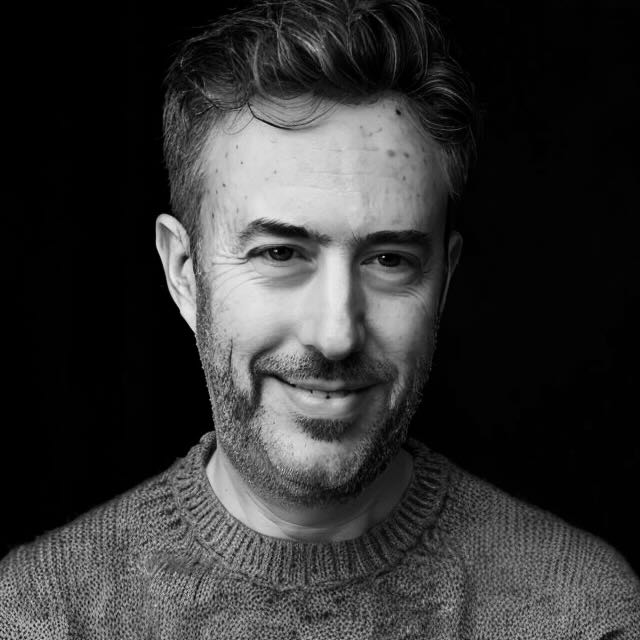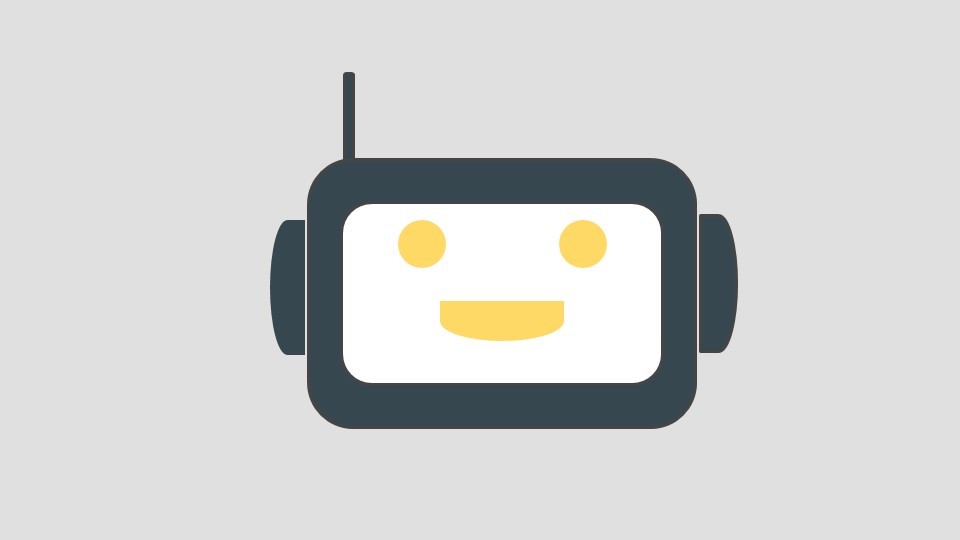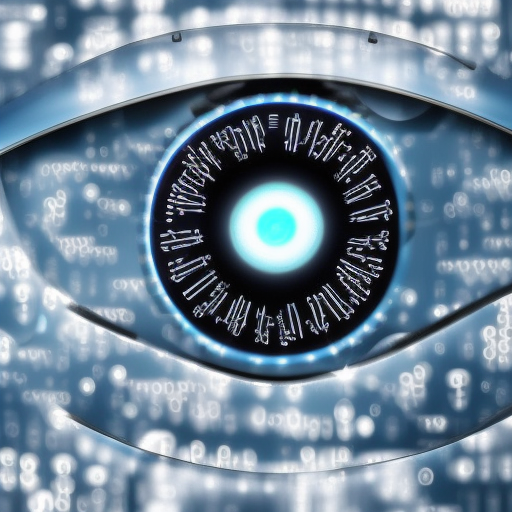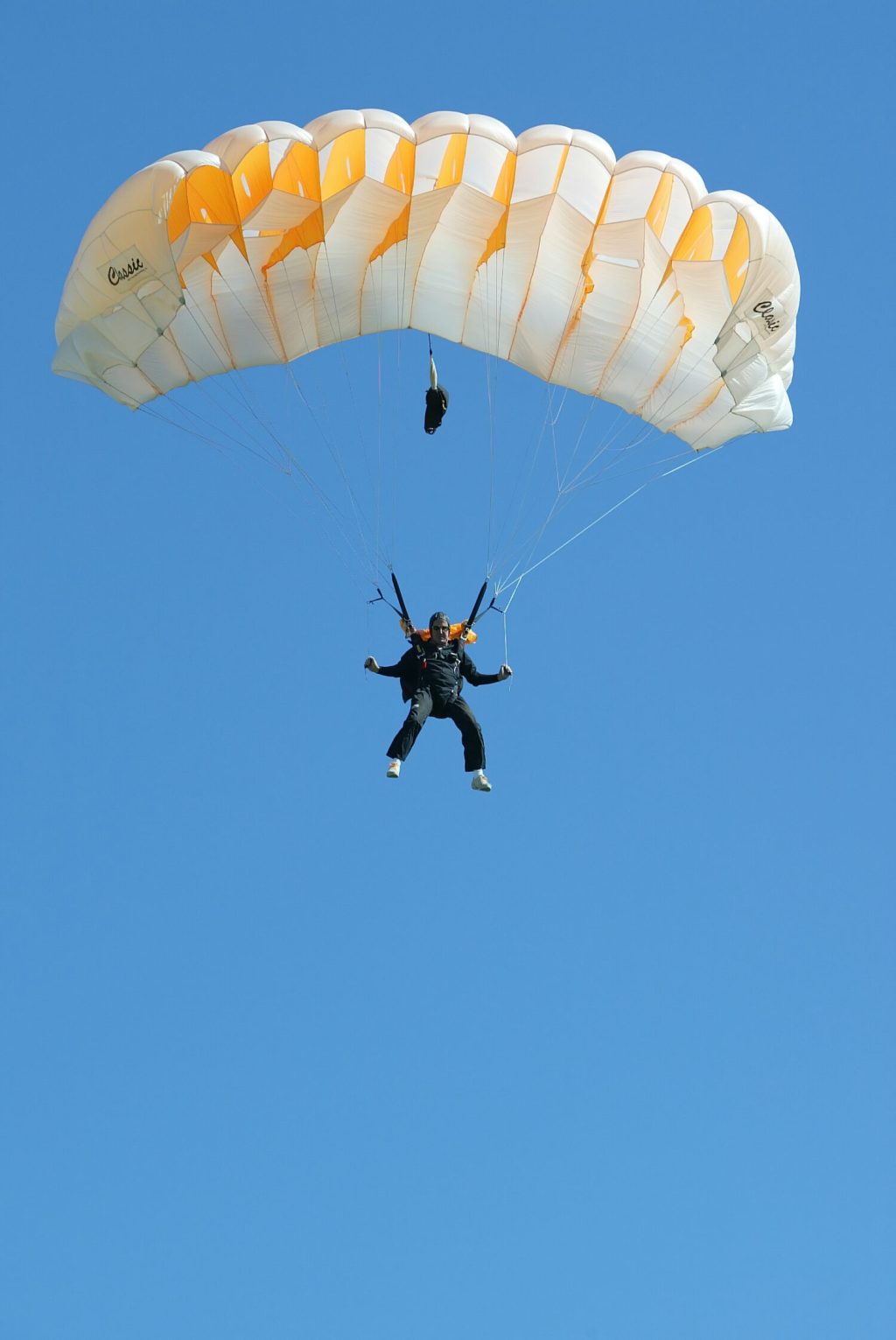December 2014 marks the end of my first twelve months as a DAM professional and the beginning of my career with a Master of Library and Information Science (MLIS) degree. I wanted to commemorate these milestones with a blog post that describes some of my experiences. Readers have asked me what it is like working in DAM and what skills I often put into practice. They have also asked whether a job in DAM “librarianship” is worth their time and effort. It was with this in mind that I decided to share my reflections on the past year. I am writing as a relative newcomer to the field, and my comments are intended for those considering a career in DAM, but may be helpful to seasoned veterans considering enrolling in a MLIS program.
MY BACKGROUND
Before I begin, some background on my career path: after working as a professional in the video industry for over ten years, I decided to change careers. From 2011 to 2014 I was a Library and Information Science graduate student at San Jose State University. During that time I volunteered for the University of Oxford’s Bodleian Library as an ephemera cataloger and converted text from print to digital for the Ashmolean Museum. Additionally, I marked up (encoded) text from nineteenth-century theater playbills for an Oxford Digital Humanities Project. While still a student, I was offered an opportunity to join the content team at NET-A-PORTER as a Junior Digital Asset Technician. While learning the e-commerce company’s DAM system, I applied much of what I had learned in my graduate program to help staff manage and retrieve their digital content.
MY CURRENT POSITION AND RESPONSIBILITIES
Following my work at NET-A-PORTER, I was hired to be America’s Test Kitchen‘s Digital Asset Management Specialist. These two DAM jobs have centered on managing content destined for digital and print outputs. One of my goals at ATK is to assess staff needs and to ensure the DAM system meets them. I work closely with the editorial, design, and production (i.e. imaging and photography) teams to understand their work processes. During 2014, I created and implemented controlled vocabularies, built and tested user interfaces, extended the capabilities of DAM systems through the use of java- and apple-script, produced short video tutorials to train users, and pitched a new DRM initiative. The evaluation and improvement of current business systems, including the DAM system, have been ongoing goals of the departments I have and continue to work in.
TOOLS OF THE TRADE
Managing digital assets requires a variety of skills. Some have argued that one must be a fanatic “about creating order from disorder”, committed to excellence, and technically savvy. Although I believe that these attributes are important, a good DAM manager must possess many others. Thus, I have relied on knowledge from my past professional experiences, my training as a librarian and information professional, and proven methods of learning and sharing knowledge in creating my own personal “best practices”.
1. Knowledge from Past Professional Experiences
Knowing how to get things done has been indispensable to my work as a DAM professional. My work managing projects as a post producer has helped me adhere to timelines, stay within budget, and document processes. Recording the steps of a process helps me to conduct root cause analysis, streamline a process, communicate them to others, and develop automation scripts. My background is in the visual arts (television/commercial video production), so visualizing or mapping a work process permits me to understand it fully while offering me the freedom to rearrange key touch-points to arrive at innovative ways of improving the workflow.
2. Training as a Library and Information Professional
Obviously, my training as an information professional has informed my work. The SJSU MLIS program is structured around the American Library Association (ALA) core competencies of librarianship. Much like librarianship, DAM is a service-oriented profession. We approach our work much like a reference librarian would: how can I best help the user find what they need? This is by no means an easy feat. More often than not, users have only a vague idea of what they’re looking for. It is up to the information professional to set up the system to help their users find a needle in the haystack. By system I mean the work processes, content models, and technologies that support defined use-cases. We must be people-centric while remaining mindful of technology and processes.
I often find myself turning to ALA’s Code of Ethics and Statement of Core Values. These help ground my work, especially when I am called upon to defend a particular decision to management. I believe that our goal as DAM professionals should always be the betterment of the individual and company. We have been “entrusted with specific decision-making authority on behalf of the community we serve” (Wilkinson, 2012, para 8). For example, providing users with greater access to content may increase the legal department’s workload, but the company and the consumer ultimately benefit from a much richer product. Another tenet of librarianship I often refer to is “respect the truth and the user’s search for the truth” (Rubin, 2010). This has far-reaching implications. In particular, users must be free to pursue the object of their search in ways that seem natural and intuitive. Additionally, we must adapt or tailor systems and processes to foster multiple search strategies, rather than force everyone to use a single point of access. This has informed my user-interface and controlled vocabulary design.
Being well-versed in the concepts of design, query, and system and program evaluation has also helped me in my work. I am a proponent of user-centered design. Inviting the user to participate in the development of a taxonomy or interface is key to engagement and adoption. The results of a search are only as good as the techniques you know how to employ. Most users rely on simple keyword searches they enter into a Quick Search box.However, they may benefit from saved searches that include Boolean operators, field and proximity searches, truncation, wildcards, and attribute filters. I have built up a set of criteria to evaluate systems and programs. These benchmarks include efficiency, ease of learning, system response, clear labels, orientation/navigation, exploration, and retrieval
3. Proven Methods of Learning and Sharing Knowledge
Learning and teaching are two aspects that I cannot promote enough. I’ve lectured about XML/TEI metadata at the University of Oxford during DHoXSS, given short “lightning talks” about DAM-related topics, and presented showcases of my work. While training others on how to use the DAM system is a necessary part of any DAM professional’s job, I find that when I show enthusiasm, encourage participation, and listen to feedback during training, the sessions are more fun for all involved. My career has benefited from being able to communicate clearly and concisely. Most importantly, I have developed my skills as a writer, and have come to value my capability in this area. I credit the content I wrote on my blog for having earned me a job at America’s Test Kitchen. Moreover, being able to translate the theory behind information retrieval is a skill I will continue to rely on as I work with clients and users.
WHAT I HAVE LEARNED SO FAR
What does the DAM profession look like from the inside? Employers are currently contending with an experience gap: there are fewer skilled and experienced DAM candidates than can meet the demand. While some librarians are heeding the call, they are finding it difficult to gain DAM work experience. There seems to be no formal path to a DAM career. DAM internship programs could help to address this. The DAM Foundation and books—such as this one by Elizabeth Keathley—have made great strides towards standardizing the qualifications for DAM professionals. As a result, paths are being forged. There seem to be many job opportunities, but candidates must be willing to relocate. There is also a threat from emerging technologies. Google and Dropbox have been nipping at the heels of established DAM system vendors and will continue to do so. Companies are understandably looking for self-sustainable solutions that can quickly be set up by an information professional (or information management consultant) and be maintained by pre-existing staff. The existence of this is made apparent by a handful of temporary DAM jobs in the marketplace.
Information professionals will always be needed to manage content. This has been the case with physical assets and will continue to be the case with digital ones, no matter how much automation is in place or how simple our human-computer interfaces become. However, DAM professionals must avoid complacency. We should always strive to grow professionally and remind colleagues and bosses of the value we bring to them and to the companies for whom we work. Anticipating and accepting that our roles will change will help us weather the inevitable disruptions and game-changers. While hardware and software are often being replaced and programming languages are constantly evolving, the principles of information organization remain unchanged.
My reflections may be different than yours. What values are important to you as you manage digital assets? Are there skills or tools you find important in addition to [or other than] those I’ve mentioned? How is the DAM industry changing? What can best help DAM professionals manage these changes?
REFERENCES
Rubin, R. (2010). Foundations of library and information science (3rd ed.). New York, NY: Neal-Schuman Publishers, Inc.
Wilkinson, L. (2012, October 19). It’s not just privacy, porn, and pipe-bombs (Libraries and the ethics of service). Retrieved from http://senseandreference.wordpress.com/2012/10/19/




Leave a comment